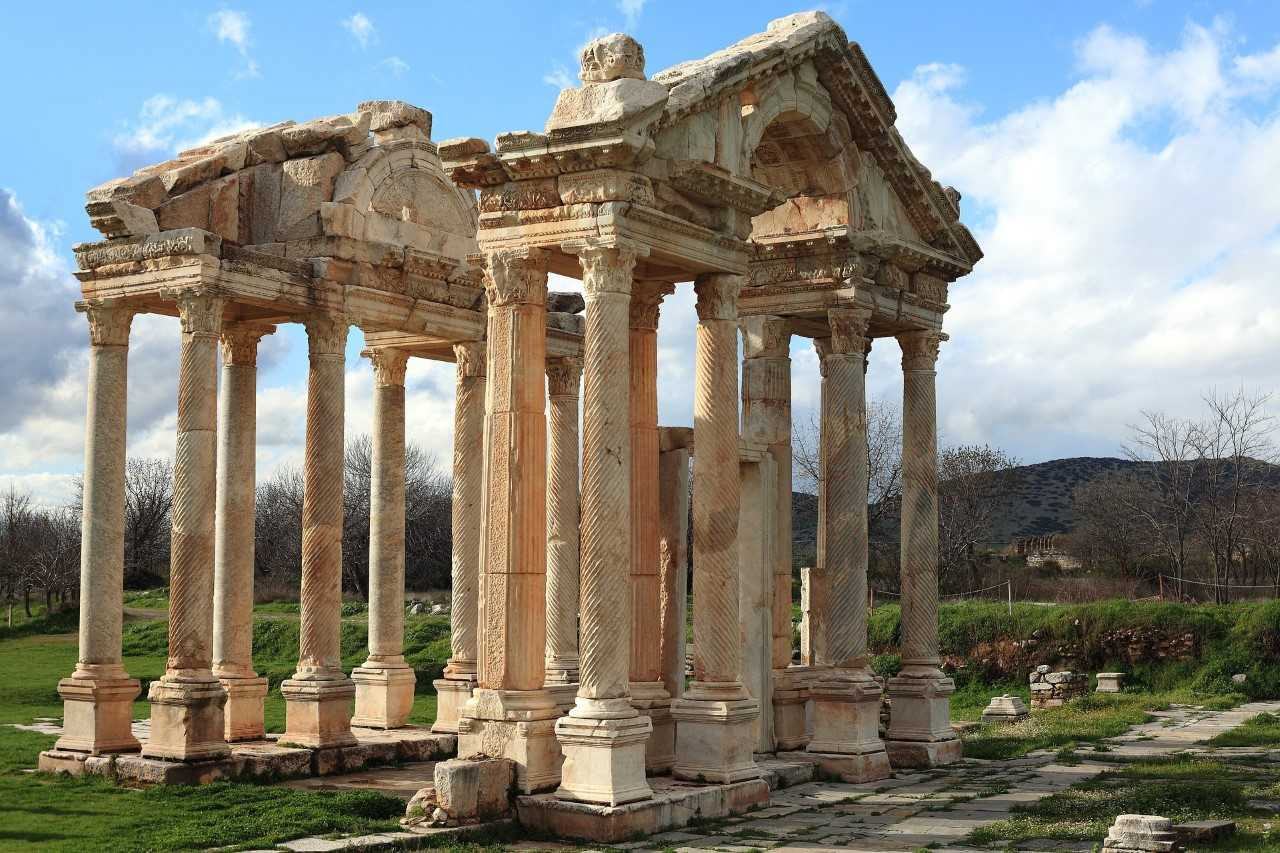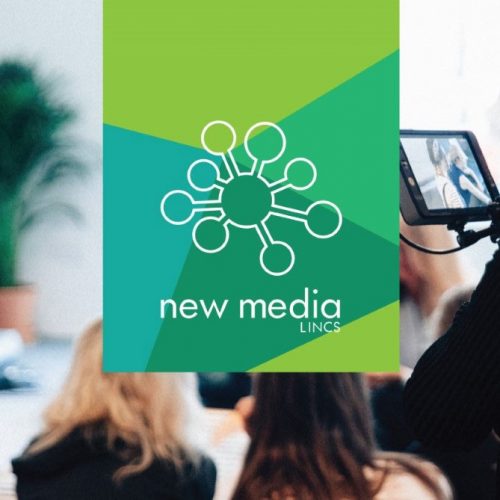The History of Sterilisation Part 1

Let’s take a look at the evolution of decontamination and sterilisation and the discoveries leading to sterilisation as we know it today!
Sterilisation of medical devices is today considered standard practice and is a legal requirement for most instruments. But if you needed surgery or medical attention back in days gone by, there would not have been a sterile services department to rely on. Let’s take a look at the evolution of decontamination and sterilisation and the discoveries leading to sterilisation as we know it today!
Sterilisation and decontamination originates in the concepts of preservation and infection prevention. One of the earliest attempts to prevent infections were made by the Egyptians (2400 BC) who used copper as a sterilisation agent for wounds and water.
In 550 BC Greek infantry soldiers fought naked at times since they had figured out that being stabbed with clothes on, and having the fabric in contact with the wound, increased the risk of infection.
In 300 BC, Hippocrates- also known as “the father of healing” acknowledged the importance of keeping wounds clean and used substances such as boiling water to disinfect them. Hippocrates also attempted to prevent the plague from spreading in Athens by starting fires using aromatic wood.
The Greeks are considered ahead of the decontamination game, Aristotle (384 BC- 322 BC) instructed Alexander the great to tell his soldiers to boil their water before drinking it as he had deduced that boiling his water reduced the risk of contamination.
One of the first attempts at “Sterilisation” by heat was said to be used in ancient Rome by a medical practitioner called Galen (130-200 AD). Galen was Greek and cared for wounded Roman Gladiators, in his efforts to save his patients he boiled his instruments prior to use.
These basic methods used by the Egyptians and Greeks were relatively effective and likely considered revolutionary at the time, the interesting thing was however, that none of the people implementing these practices had any idea of why heat would reduce infection rate or prevent people from getting ill from drinking water.
The advancements in sterilisation and infection prevention reached a stand still during the dark ages due to the general chaos following the black plague where the concept of infection control was lost. So let’s fast forward to the second half of the 17th century when a significant discovery was made which paved the way for sterilisation as we know it today- The existence of microorganisms.
Find out about the discovery of microorganisms and the first autoclave in part 2!




